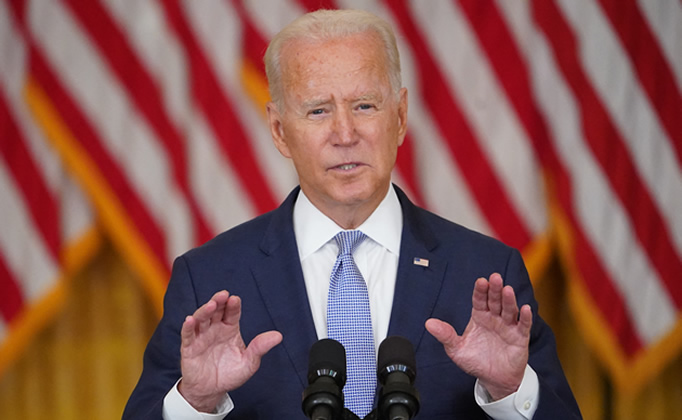
The same 12 jurors who last month convicted Sayfullo Saipov of several murder and terrorism charges will decide whether he should be jailed for life or sentenced to death.
Although the Biden administration declared a moratorium on all federal executions, if Saipov receives the sentence he could be put to death, either under a future president or if the moratorium is lifted.
Saipov, now 35, drove a rented pickup truck down a Manhattan bike path as New Yorkers prepared to celebrate Halloween on October 31, 2017.
The dead included a group of five friends from Argentina. At least 12 other people were injured before police shot Saipov in the abdomen.
It was the deadliest attack in New York since the September 11, 2001 Al-Qaeda hijackings brought down the World Trade Center.
Saipov, who moved to the United States in 2010, claimed to have acted in the name of the Islamic State jihadist group, which described him as one of its “soldiers.”
He expressed no remorse during his trial, which heard harrowing testimony from victims.
Immediately following the attack, then-president Donald Trump called for Saipov to be executed, and the Department of Justice (DOJ) sought the ultimate penalty in its initial filings.
Under Biden, the DOJ has maintained that stance, prompting criticism from human rights groups.
“It is not too late for the Biden administration (to) make good on the president’s campaign promise to relegate the cruel, unusual, unreliable and racist federal death penalty to the dustbin of history,” said Brian Stull, deputy director of the American Civil Liberties Union’s (ACLU) Capital Punishment Project.
The Trump administration oversaw a record 13 executions in its final months, ending a 17-year spell in which federal authorities had not carried out any.
Biden has not issued a complete ban on the death penalty, but his attorney general, Merrick Garland, announced the moratorium in July 2021.
The president has been criticized for not commuting the sentences of 44 federal inmates waiting on death row.
Saipov’s lawyer, David Patton, wrote in a court filing dated January 30 that there was “ample evidence” that the decision to seek the death penalty was “both arbitrary and based on impermissible factors such as his religion and national origin.”
Garland has also allowed the DOJ to pursue the death penalty for Dzhokhar Tsarnaev, convicted of the 2013 Boston Marathon bombing, which killed three people and injured hundreds.
– ‘Death penalty is dwindling’ –
Observers say the two examples suggest the DOJ favors capital punishment for terror offenses.
“In this narrow area of criminal law, where you’re dealing with horrific terrorist acts, the attorney general believes in his mind and heart that the death penalty is an appropriate punishment,” said Pace University law professor and former prosecutor Bennett Gershman.
Unlike under Trump, Gershman added, the current approach is evidence the DOJ has independence from the White House.
Other experts believe the department uses the threat of capital punishment to pressure suspects to plead guilty in exchange for life terms.
Jurors in Saipov’s case will need to reach a unanimous decision, and he would still have opportunities to appeal.
Richard Dieter, executive director of the Death Penalty Information Center, notes that the process could take years to resolve and could come at considerable expense, with victims’ families left in limbo.
“If we don’t get to use it, (then) let’s get rid of the death penalty. A lot of states really have come to that conclusion. And so the death penalty is dwindling,” Dieter told AFP.
In America, most executions are carried out by states, not the federal government.
There are currently around 20 executions per year — mostly carried out by a handful of Southern states — down from about twice that number a decade ago.
New York has abolished the death penalty at the state level.
The most high-profile New York executions were those of Julius and Ethel Rosenberg. They were electrocuted in 1953 as Soviet spies at the height of the Cold War.














